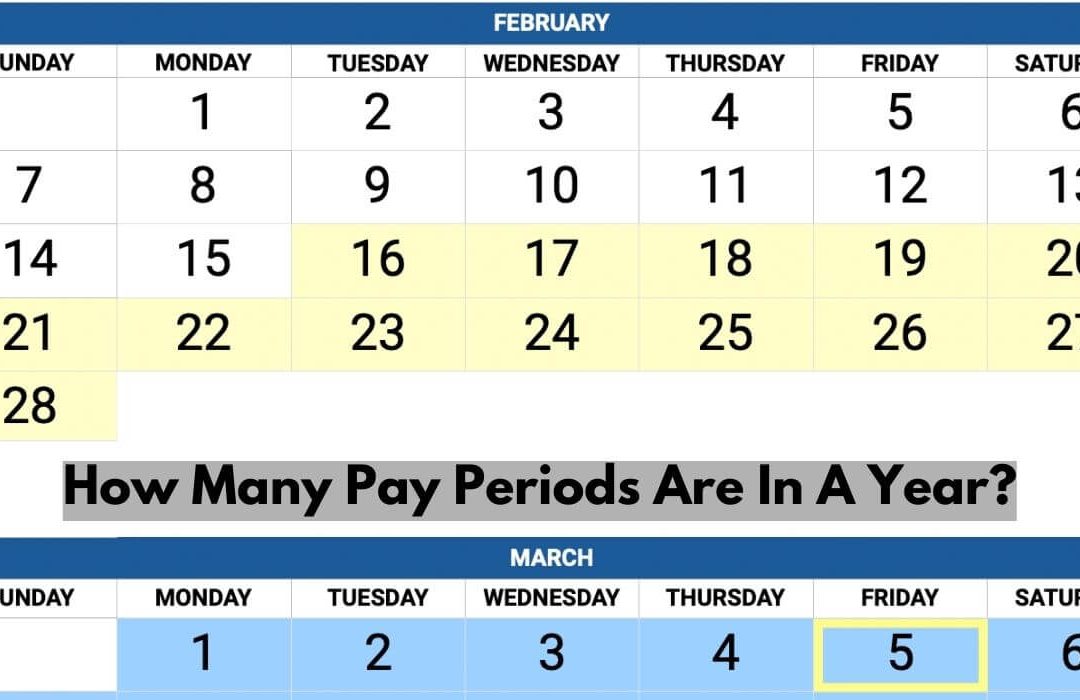If you’re an employee, employer, or financial planner, you’ve probably asked:“How many weekly periods in a year?”
The answer is usually 52, but under certain conditions, it can be 53. Understanding how weekly periods work is important for payroll processing, employee scheduling, benefits administration, and personal budgeting.
This article breaks down what a weekly period is, how many exist in a typical year, and what to know about 53-week years.
What Is a Weekly Period?
A weekly period refers to a 7-day cycle used for:
- Payroll processing (weekly pay)
- Time tracking (hourly employees)
- Financial planning (weekly budgeting or reporting)
Weekly periods are commonly used in retail, hospitality, construction, healthcare, and other industries where employees are paid or scheduled weekly.
How Many Weekly Periods in a Year?
There are typically 52 weekly periods in a year.
This is because:
- A year has 365 days (or 366 in a leap year)
- 365 ÷ 7 = 52 weeks + 1 day
- 366 ÷ 7 = 52 weeks + 2 days
So, every year has at least 52 full weeks, and occasionally an extra week, depending on the calendar cycle.
When Are There 53 Weekly Periods in a Year?
A 53-week year occurs when:
- The year starts and ends on the same day of the week, and
- The year is a leap year or includes 53 Mondays, Fridays, etc., depending on the company’s payroll cycle.
Example:
If a weekly payroll runs every Friday and the year starts and ends on a Friday, there will be 53 Fridays, resulting in 53 weekly periods.
Tip:
Check the payroll calendar at the start of the year to plan for any 53-week cycles.
Weekly Periods vs. Other Pay Periods
Pay Frequency# of Pay Periods per YearCommon IndustriesWeekly52 (sometimes 53)Retail, hourly, hospitalityBiweekly26 (or 27)Corporate, office workersSemi-monthly24Salaried employeesMonthly12Executive-level, freelancePayroll Impact of 52 vs. 53 Weekly Periods
For employers, an extra weekly pay period can affect:
Payroll Budgeting
An additional payroll cycle may increase annual payroll expenses for that year.
Benefit Deductions
Health insurance or 401(k) contributions may need adjusting in a 53-week year to avoid over- or under-collection.
Salary Calculations
For salaried employees paid weekly, the annual salary may be divided by 53 instead of 52, changing weekly take-home pay.
Payroll Software Settings
Systems like ADP, Paychex, Gusto, or QuickBooks Payroll often include a setting to recognize 53-week years automatically.
Why Weekly Pay Periods Are Popular
Many businesses and employees prefer weekly pay because:
- Employees get paid more frequently
- Improves cash flow for hourly workers
- Easier time tracking and overtime calculation
- Reduces payroll processing errors in high-turnover environments
However, it requires more administrative effort and higher payroll processing costs compared to monthly or semi-monthly pay.
How to Check If a Year Has 53 Weekly Periods
Step-by-Step:
- Identify your weekly payday (e.g., Friday).
- Look at the first and last day of the calendar year.
- Count how many times that day of the week occurs.
- If it appears 53 times → 53 weekly periods that year.
Use payroll calendars from trusted providers or accounting software to automate this check.
Upcoming Years with 53 Weekly Periods
YearDay Causing 53rd Period53-Week Year for2026ThursdayCompanies with Thursday paydays2032WednesdayCompanies with Wednesday paydaysCheck your payroll calendar ahead of time to prepare.
Conclusion
In summary, the answer to “How many weekly periods in a year?” is:
- 52 weeks in most years
- 53 weeks in some years (when the year starts and ends on the same weekday for your payroll cycle)
If you’re managing payroll, setting budgets, or planning employee benefits, tracking weekly periods ensures compliance, avoids financial surprises, and helps you better manage your workforce.
FAQs
1. How many weekly paychecks are there in a year?
Usually 52, but occasionally 53 if the calendar year contains an extra weekday that matches your pay schedule.
2. What is a 53-week payroll year?
It’s a year with 53 weekly pay periods instead of 52, due to how the calendar aligns.
3. How do I know if my company will have 53 pay periods?
Check your payroll calendar or use software to see if your weekly payday occurs 53 times in the year.
4. Are employees paid more in a 53-week year?
Hourly workers are, yes. Salaried employees may see lower per-check amounts unless the company increases total pay.
5. Does 2025 have 53 weekly periods?
No. 2025 will have 52 weeks, unless your payroll day falls on a specific weekday that repeats 53 times (e.g., Wednesday or Friday, depending on how the calendar falls).

